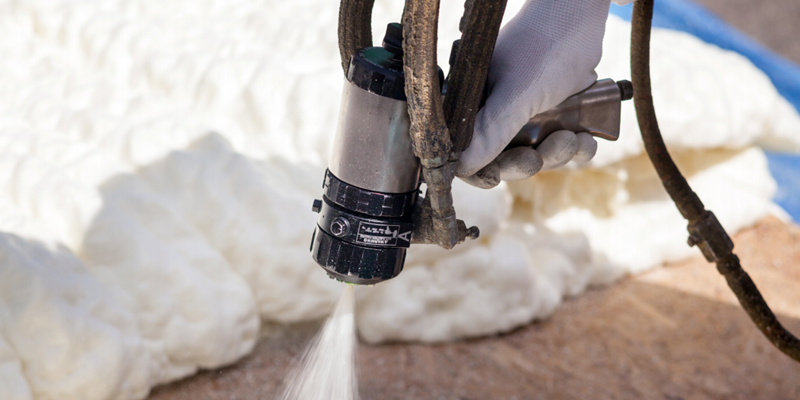In polyurethane foam production, achieving the desired foam structure, density, and mechanical strength depends on many factors — among them, material temperature and ambient temperature are two of the most critical. Understanding how these temperature parameters affect the polyurethane foaming reaction is essential for maintaining consistent quality, productivity, and cost efficiency.
1. Importance of Temperature Control in Polyurethane Foaming
The polyurethane foaming process involves a complex series of exothermic chemical reactions between polyols, isocyanates, water, and polyurethane catalysts. These reactions generate heat, CO₂ gas, and ultimately form a cellular foam structure.
Both material temperature (the temperature of polyol and isocyanate before mixing) and ambient temperature (the surrounding environment during foaming and curing) directly influence the reaction rate, cell structure, foam rise, and curing characteristics.
2. Effect of Material Temperature on Foam Performance
Maintaining the correct material temperature is crucial before mixing the components.
- Low material temperature (<18°C): When the polyol or isocyanate is too cold, the reaction becomes sluggish. The foam may rise slowly, show uneven cells, or even collapse due to incomplete reaction. Cold materials also increase viscosity, resulting in poor mixing and irregular foam texture.
- High material temperature (>25°C): Overheating accelerates the reaction excessively, shortening the cream time and rise time. This can lead to coarse cell structures, surface defects, and internal stress cracks in the foam.
For most polyurethane foaming systems, the recommended material temperature range is 20–25°C to ensure uniform mixing, optimal reaction rate, and stable foam rise.
3. Effect of Ambient Temperature on Foaming and Curing
The ambient temperature in the production area also plays a significant role in polyurethane foam quality.
- Low ambient temperature (<15°C): Heat loss to the environment slows down the foaming reaction, increasing tack-free and demolding times. The foam may appear denser and harder due to reduced CO₂ expansion.
- High ambient temperature (>30°C): Excessive heat can cause premature gelling, incomplete expansion, and open-cell defects. In spray polyurethane foam (SPF) applications, high temperatures may cause uneven adhesion and poor dimensional stability.
A stable ambient temperature between 20–25°C with low humidity ensures that the polyurethane foaming reaction proceeds uniformly and that the final foam exhibits consistent density and closed-cell content.
4. Temperature Balance and Catalyst Selection
Temperature fluctuations not only affect chemical reaction speed but also influence the performance of the polyurethane catalyst. Catalysts such as tertiary amines and organometallic compounds control the balance between the blowing reaction (water–isocyanate) and the gelling reaction (polyol–isocyanate).
At low temperatures, the reaction slows down, and a high-activity amine catalyst (such as MXC-A1 or MXC-5) can compensate for the lower reactivity.
At high temperatures, a balanced or delayed-action catalyst (such as MXC-B20 or MXC-TMA) can help maintain uniform rise and reduce surface defects.
Proper temperature control combined with the right polyurethane catalyst ensures consistent foam properties even under varying environmental conditions.
5. Practical Tips for Temperature Control in PU Foam Production
- Preheat materials to the optimal range (20–25°C) before mixing.
- Maintain stable room temperature in the foaming area through climate control or insulation.
- Avoid rapid temperature changes that cause uneven foam density.
- Monitor reaction profiles regularly to adjust catalyst dosage when environmental temperatures vary.
- Ensure proper storage of raw materials — particularly isocyanates — to prevent moisture absorption and viscosity changes.
6. Conclusion
Both material temperature and ambient temperature are vital parameters influencing polyurethane foaming quality. Proper temperature control ensures the stability of the chemical reaction, optimizes catalyst efficiency, and produces foams with consistent density, uniform cell structure, and superior mechanical properties.
At Mingxu New Materials, we provide a comprehensive range of polyurethane catalysts optimized for different temperature conditions and foam formulations. Whether you’re producing rigid, flexible, or spray polyurethane foams, our emission-free, low-odor catalysts deliver reliable performance and help you maintain high product quality under any production environment.
Post time: Oct-15-2025

